ABOUT PORT FREEPORT
Port Freeport is Growing
Port Freeport has become one of the most active ports in the nation. In December 2017, Forbes Magazine named Port Freeport among the fastest-growing U.S. ports for exports. Nationally, Port Freeport is ranked 6th in chemicals, 26th in containers and 17th in foreign waterborne tonnage. More than 1,189 vessels called Port Freeport in 2022 transporting 31.2 million tons of freight to and from cargo ships. Vessel calls are forecasted to increase with the completion of improvement projects.
According to a study by the Texas A&M Transportation Institute (TTI), Port Freeport has grown to have a statewide economic impact of $84.3 billion and provide over 109,000 jobs.
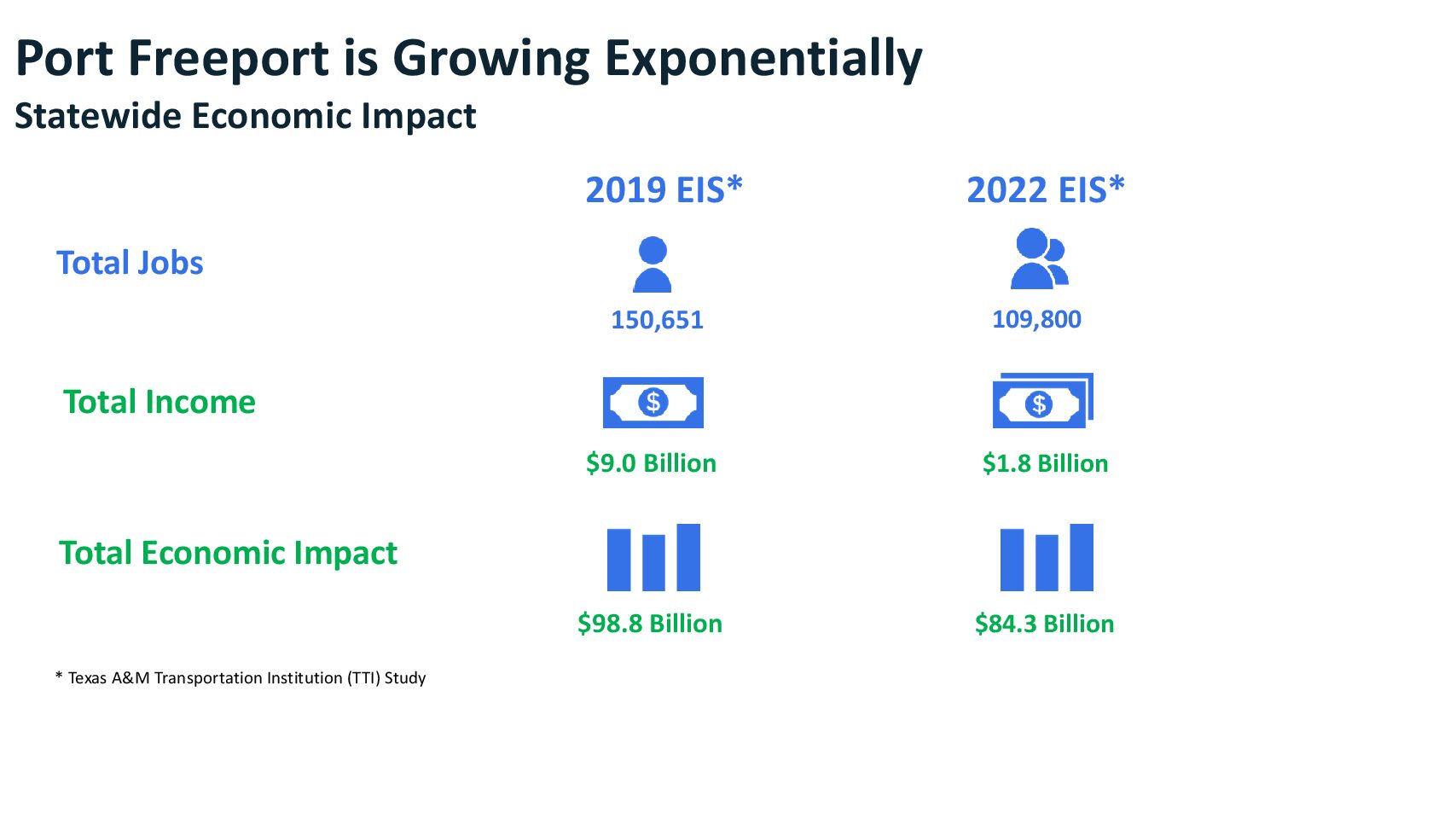
The economic impact of Port Freeport to the U.S. economy is 266,300 jobs, federal tax revenues of $5.4 billion, and a total economic impact output of $157.3 billion.
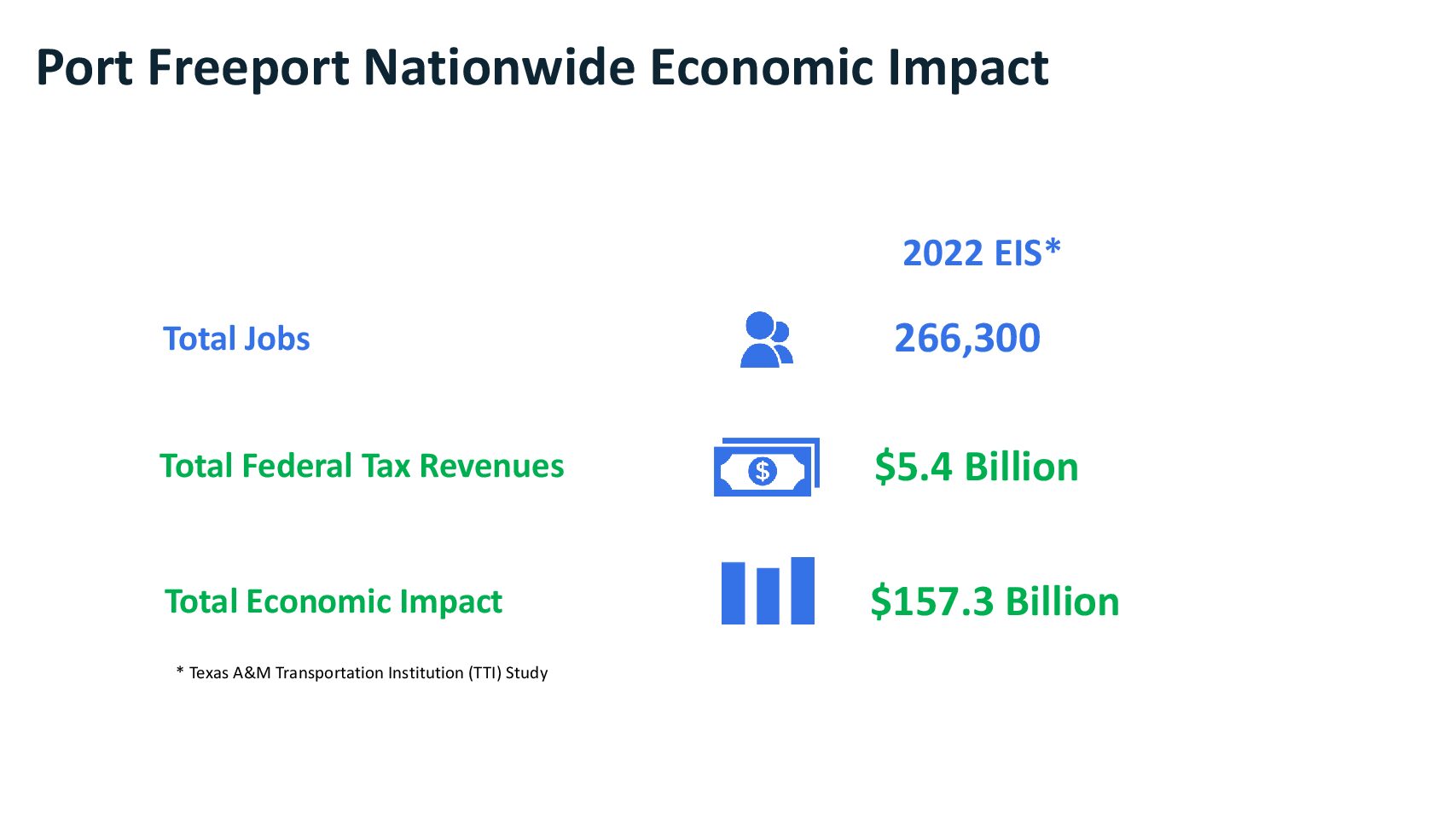
The Freeport Harbor Channel Improvement Project is part of the Port’s overall strategic vision to support future growth at Port Freeport. This federal cost-share project, which was authorized by Congress in 2014, consists of the deepening and partial widening of the Freeport Harbor Channel and related navigation improvements that will make it easier for modern ships to navigate the channel.
History and Governance
Port Freeport is a government entity that was created and given taxing authority by Brazoria County voters in 1925. It is the local sponsor for the Freeport Harbor Channel and engages with the U.S. Army Corps of Engineers in channel maintenance and improvements. As sponsor, Port Freeport has significant cost-share responsibilities to fund activities related to Freeport Harbor Channel navigation improvements. The Port also invests in landside infrastructure necessary to facilitate the handling and transportation of cargo. It supports privately owned and operated marine terminals of local industry and public dock facilities managed by the Port.
The Freeport Harbor Channel supports business:
Many companies are located in Brazoria County because of the deep water channel at Port Freeport. More than $31 billion in new production facilities are under construction or have been recently completed and will increase the number of vessels calling Port Freeport.
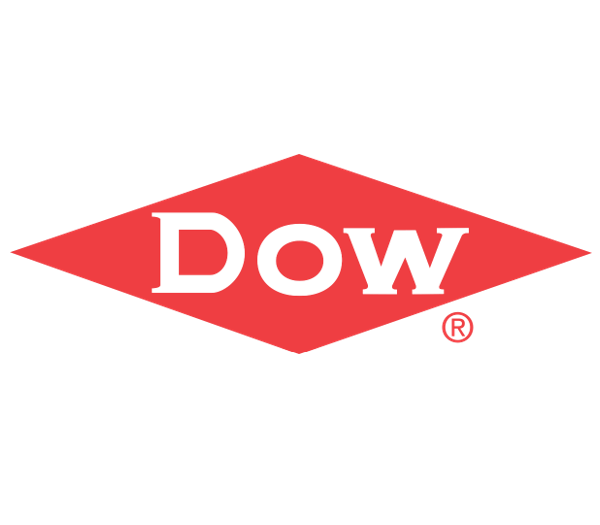


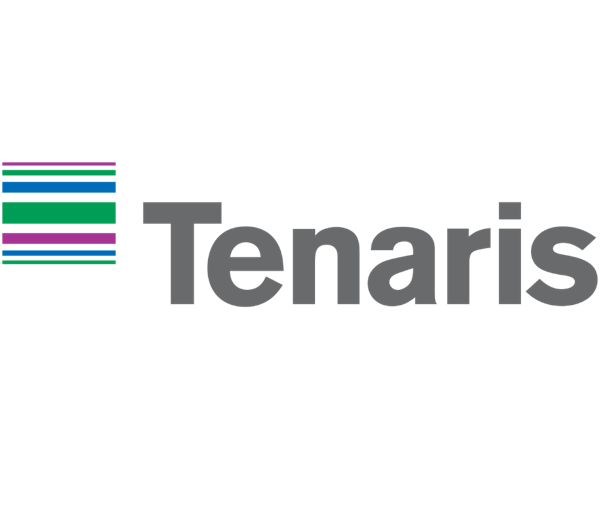
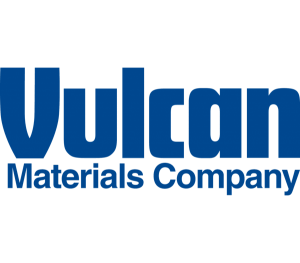








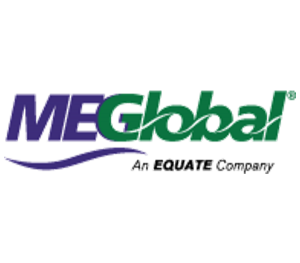








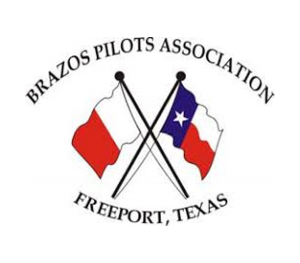


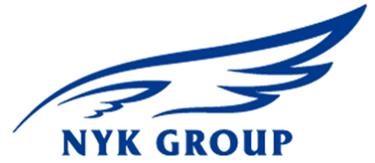

Port Freeport Commission
The Port Freeport Commission oversees growth and innovation. It is composed of six Commissioners who are elected to six-year terms by Navigation District voters. Commissioners serve in staggered terms, with two Commissioners to be elected/re-elected every two years.
Port Freeport Commissioners
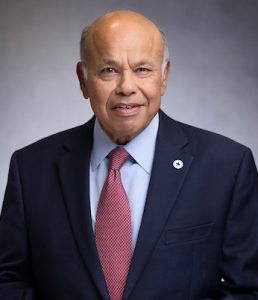

Bio Coming Soon

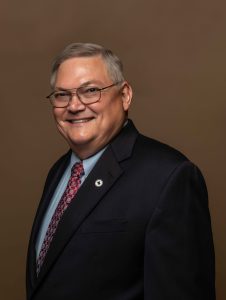
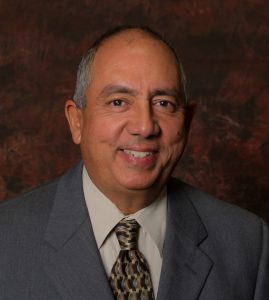
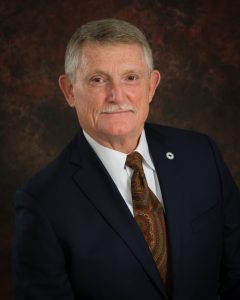
Port Freeport Operations
Port Freeport’s daily activities are managed by a team of full-time staff members. They are led by the Port Freeport Executive Director and CEO, Phyllis Saathoff.
Capital Improvement History
Over the years, Port Freeport has experienced several capital improvement projects designed to expand the Port and facilitate growth. All of the projects to improve navigation in the Freeport Harbor Channel have been funded through the issuance of ad valorem tax bonds or maintenance and operations tax. The issuance of ad valorem tax bonds must be approved by voters residing in the Port Freeport Navigation District.
Landside infrastructure is financed by revenues generated by the business activities they support.
Port Freeport: History of Taxpayer Support
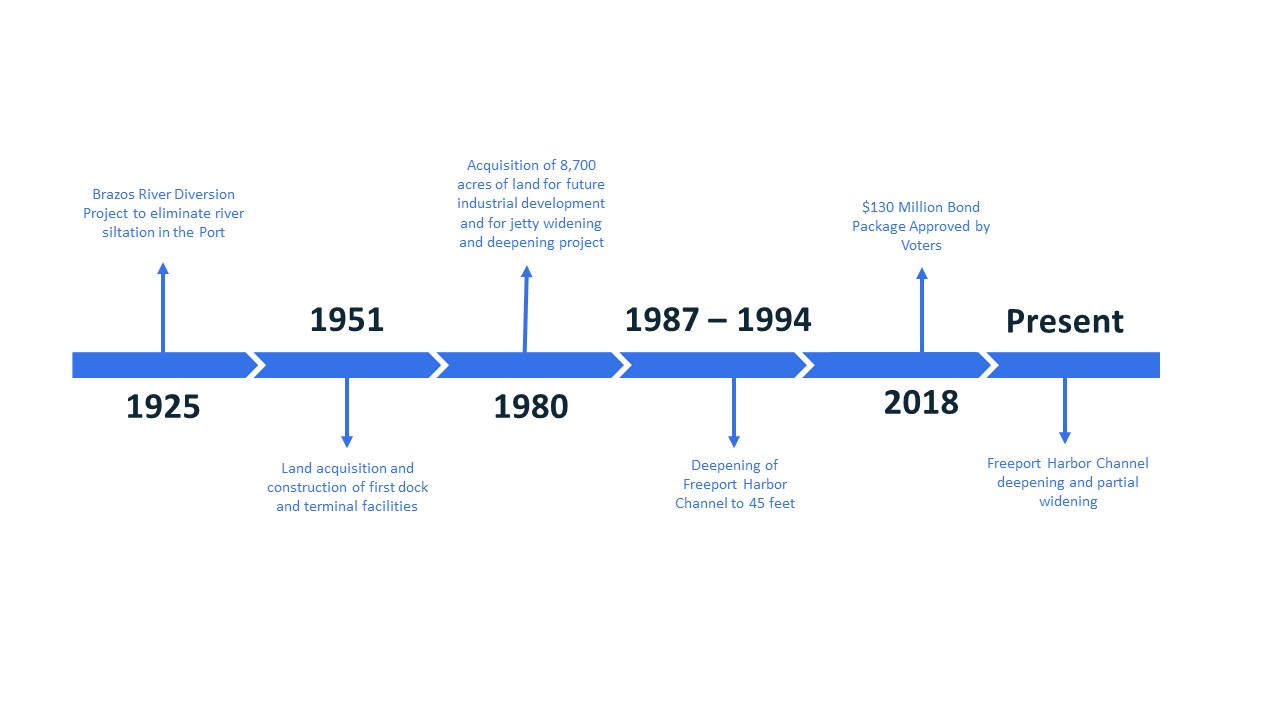
Freeport’s Top 10 Taxpayers
Industrial and commercial taxpayers pay 70% of the total annual tax levy.
The top 10 taxpayers are shown in the table below:
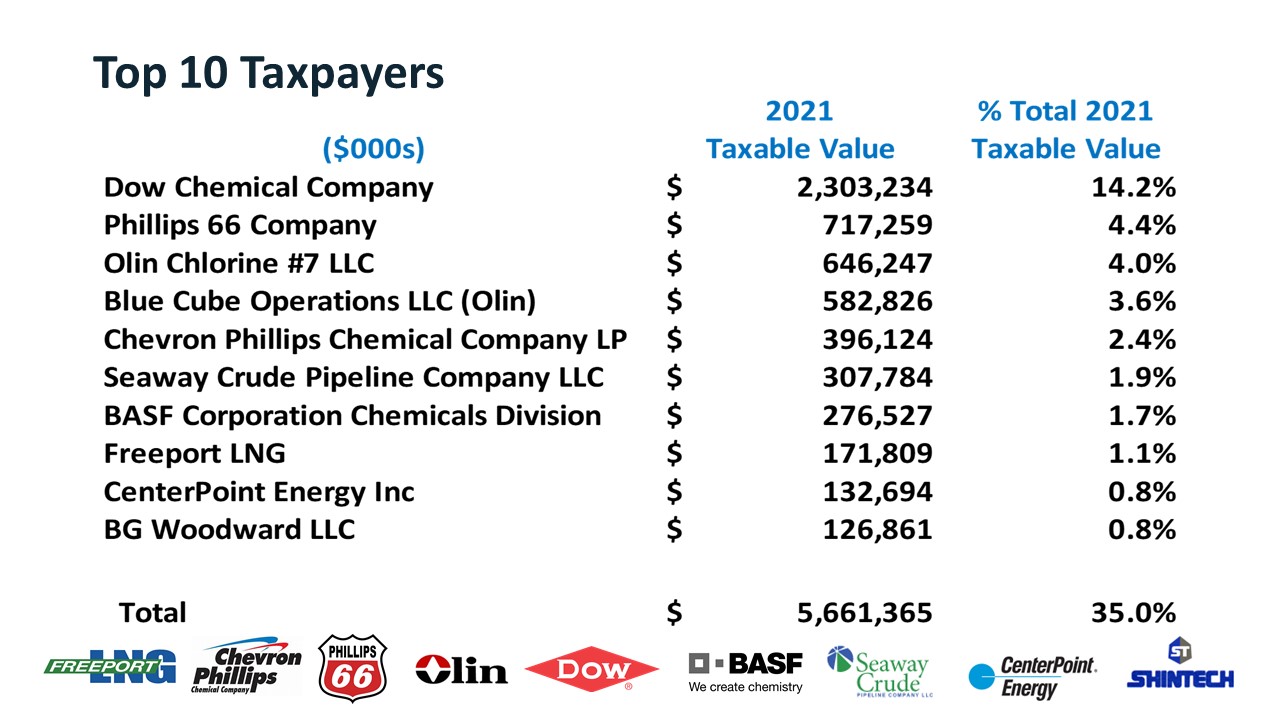
For more information about Port Freeport, visit http://www.portfreeport.com/.

